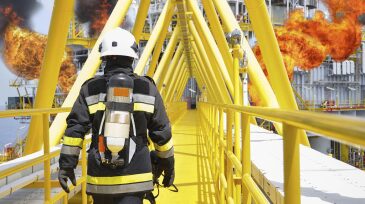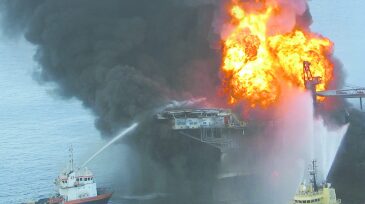fire protection
-
A string of high-potential fires in the Gulf of Mexico leads to inspections and recommendations to improve safety.
-
This study presents an overview of the structural response and failure mechanism of three-sided protected beams and proposes design solutions.
-
Passive fire protection (PFP) has been used as a method to avoid/delay global collapse of offshore installations. Location of PFP is often based on simplistic assumptions, standards, guidance, and methods that do not always consider the real response of the structure to fire.
-
The energy contained in oil and gas makes them immensely useful—and dangerous. A fire fueled by hydrocarbons can quickly threaten anything exposed to it. Building in passive fire protection when constructing facilities is wise practice.




